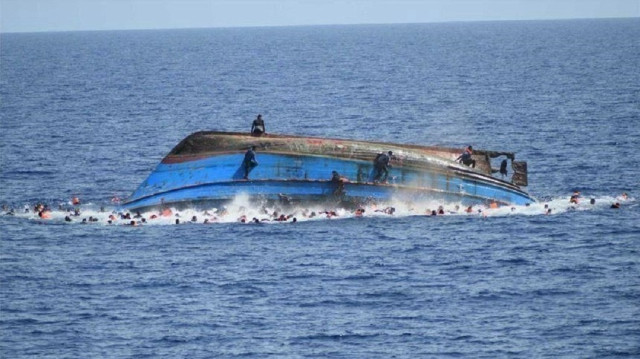A tragic boat accident in Niger State, north-central Nigeria, has left at least thirteen people dead and dozens more missing after a wooden vessel ferrying around 100 passengers capsized while en route to a local market. The incident occurred on Saturday and has since triggered widespread concern and intensified search-and-rescue operations.
Rescue teams have managed to pull 26 survivors from the river, most of whom are women and children. The exact number of passengers remains unclear, as the boat operator who was among the rescued could not confirm how many people were onboard at the time of the accident.
Initial investigations suggest that overloading was the primary cause of the disaster. A local official indicated that while the precise reason for the boat’s capsizing is still under review, evidence strongly points to the vessel being burdened with more people than it could safely carry. A representative from the local boat drivers’ union also confirmed that the boat was significantly overloaded, despite being one of the larger wooden boats commonly used in the area.
This incident has once again highlighted the persistent dangers of river transport in Nigeria, especially in Niger State, which is home to three of the country’s major hydroelectric dams. Boat accidents are an all-too-common occurrence in the region, largely due to overloading, poor safety standards, and a lack of regulatory enforcement. Just nine months ago, a similar tragedy occurred when another overloaded boat returning from a religious festival capsized, claiming the lives of at least 60 passengers most of them women and children.
Efforts to recover bodies and search for the missing were temporarily paused on Sunday to allow traditional river rituals to be performed. The ritual, conducted by the custodian of the river, is believed to ensure the safe continuation of rescue operations and reflects local cultural practices in times of tragedy.
As rescue efforts continue, the accident has reignited calls for stronger regulation of river transportation, improved enforcement of safety standards, and investment in safer alternatives to help prevent future disasters of this magnitude.

